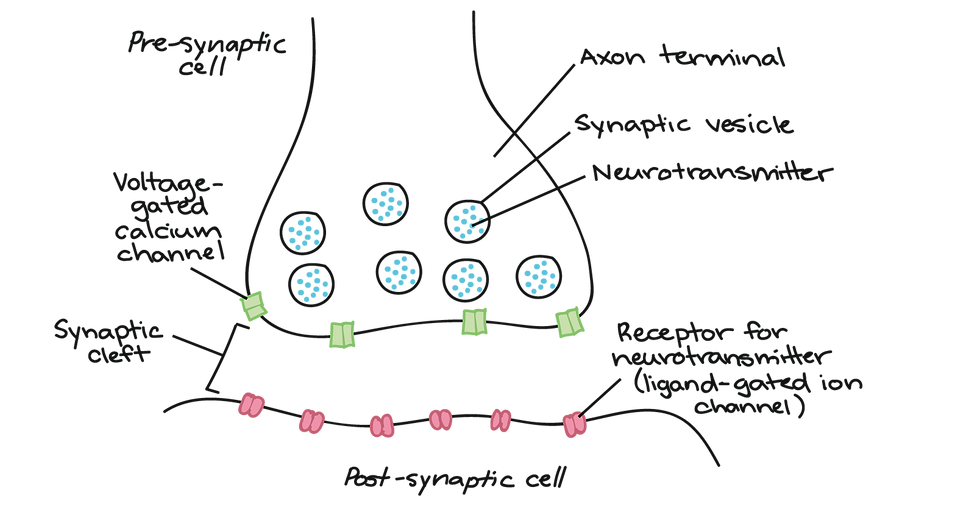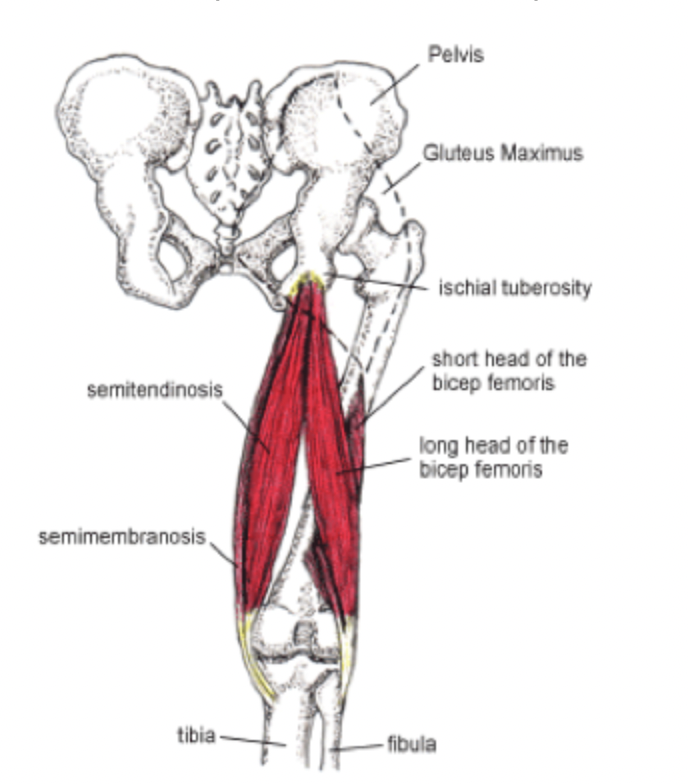Built to Rebuild: Muscle Memory
- golabiromtin
- May 22
- 4 min read
Updated: Jun 23
By Romtin G.
As of now, I’m still on the way to recovery from all my injuries and surgeries. When I look down at my left leg, my thigh is essentially half the size of my right leg. And what bothers me even more is that the size of my thigh is mostly made of fat, and not even muscle! When I do physical therapy exercises on single legs, there is an obvious difference in strength. Doing a single unassisted calf raise on my left leg cramps what little muscle I have left. That’s why I chose to write about muscle memory today, because I could benefit from knowing more about how to approach my recovery, and it will also give me a silver lining to appreciate.
Let’s start by answering the main question: what is muscle memory? Scientists identify two main branches of muscle memory: one that is associated with remembering what you learned (neurological), and the other is the actual regrowth of muscle tissue (physiological). What we most think of is the neurological form—tying your shoes, walking, biking, playing a simple tune on an instrument (if you’re a musician). These are procedures that naturally come to us, almost without much conscious thought process. Things just happen. But the term “muscle memory” is often associated with the fact that our muscles have just “memorized” certain movements. In reality, muscle memory is stored in your nervous system and in the nuclei of muscle cells.
As you repeat a motor task, the brain’s ability to learn and improve this skill increases. Within your brain are billions of highly sophisticated and specialized cells called neurons. These cells comprise three main parts: the dendrites, the cell body, and the axon. Dendrites receive chemical signals (neurotransmitters) from other neurons, and the sum effect of these inputs determines whether an electrical message (action potential) will be sent down the neuron. If there’s enough chemical input, the action potential is initiated at the cell body and runs down the axon. At the end of the axon are terminals, and between these terminals and the next neuron is a gap called the synaptic cleft. Here, thousands of voltage-gated proteins and other types of receptors are located to propagate the action potential. At the synaptic cleft, neurotransmitters are released and are bound to receptors on the receiving neuron, and the cycle goes again!

Now that you know how your brain sends signals, we can get into the process of why repeating a motor task relates to muscle memory: long-term potentiation. This is a process in which synapse connections between two nerve cells are strengthened by repeated firing. Every neuron has NMDA receptors and AMPA receptors. NMDA receptors are more involved with long-term responses, while AMPA receptors allow for fast transmission at the synapse. When a certain neurotransmitter called glutamate (a chemical that greatly increases the likelihood of an action potential)binds to AMPA receptors, it causes a slight increase in charge (depolarization) essential for an electrical signal to be transmitted. To activate the NMDA-receptors (don’t forget: these are for LONG-TERM LEARNING), this charge increase needs to be significant. So the more the AMPA receptor is activated, the more the charge increases, and the more NMDA receptors are activated. Calcium ions then flow in through these receptors and activate a series of intracellular cascades that result in the production of more AMPA receptors that are more responsive to glutamate. Because this neuron has more receptors, it’s more sensitive to glutamate and has formed a stronger synaptic connection with its neighboring neuron. Over time, this connection is strengthened so much that you don’t need to use much brain power to perform a certain task, thus explaining the neurological idea of muscle memory. This is why it is SO important to do exercise with the right form, because you could train your brain to do things in a way that could harm you in the long run. Also, if you ever take a break from exercising and return after a while, you will have the best framework to set you up for success if you practice good training habits. You’ll be able to gain back muscle in a safe way!

But wait, there’s more to it! To fully explain your “muscle memory” in how it relates to the fact that you grow muscle back quicker the second time around, we need to address the physiological side. Muscle fibers have multiple nuclei, and when you work out, specialized cells called satellite cells repair damaged muscle fibers and fuse with muscle cells, adding their own nuclei to the fiber. After a period of inactivity, you have to accept that the amount of muscle you have will decrease. But despite this reduction in muscle cell size, the number of nuclei remains the same. This can be explained by many theories, which I won't discuss much in this article, but I’ll put some article links below! This means that when you retrain your muscle, the presence of more nuclei allows for quicker and more efficient growth of muscle fibers. It seems like muscle cells never truly forget!

For those who are injured or who are recovering from surgery, this is a great sign! We will gain back muscle faster than the first time, and everything should go back to normal as long as you follow precautions and work with your medical health care team along a proper timeline. I hope this article was interesting, and see you next time!
Sources


